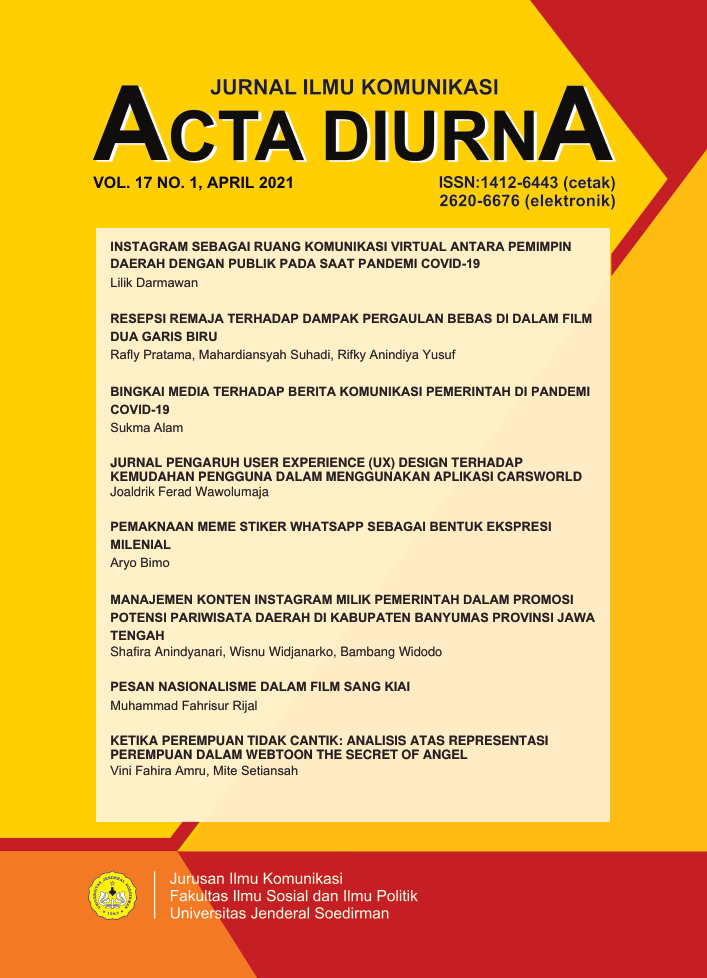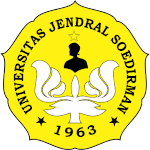PEMAKNAAN MEME STIKER WHATSAPP SEBAGAI BENTUK EKSPRESI MILENIAL
Abstract
This digital era has made human interaction, which was done face-to-face, switch to using conversation applications or social media. A meme is a popular digital object that people can save, share and create / modify. One of these memes is a WhatsApp sticker. WhatsaApp is a conversation application that is often used in the digital age. Millennials who were born in the digital era have made WhatsApp a medium to interact with each other. Interactions that were in the form of symbols in the form of language, gestures, expressions were replaced with WhatsApp sticker memes. The phenomenon that occurs on WhatsApp is the use of stickers. These stickers can be classified in the meme category because they are digital objects in the form of photos or illustrations complete with text and can be shared with other people, and can be changed or modified by each user. This research is based on the author's assumption that millennials communicate through meme stickers as a form of self-expression within the framework of symbolic interactions. The purpose of this research is to prove this assumption. This research uses a qualitative method and is seen from the theory of symbolic interaction by interviewing several millennials to see how these millennials use WhatsApp stickers based on the symbolic meaning of the stickers related to themselves. Symbolic interaction is a process of interpreting actions because symbolic meanings can be formed differently for each person. The goal to be achieved is to see whether the use of WhatsApp stickers is interpreted as self-expression that appears as a result of actions to respond to what happens in interactions with other people. The results showed that the exchange of symbols that occurred with WhatsApp stickers was interpreted and used to respond to an interaction that occurred.
Authors who publish with this journal agree to the following terms:
- Authors retain copyright and grant the journal right of first publication with the work simultaneously licensed under a Creative Commons Attribution License that allows others to share the work with an acknowledgment of the work's authorship and initial publication in this journal.
- Authors are able to enter into separate, additional contractual arrangements for the non-exclusive distribution of the journal's published version of the work (e.g., post it to an institutional repository or publish it in a book), with an acknowledgment of its initial publication in this journal.
- Authors are permitted and encouraged to post their work online (e.g., in institutional repositories or on their website) prior to and during the submission process, as it can lead to productive exchanges, as well as earlier and greater citation of published work (See The Effect of Open Access).










